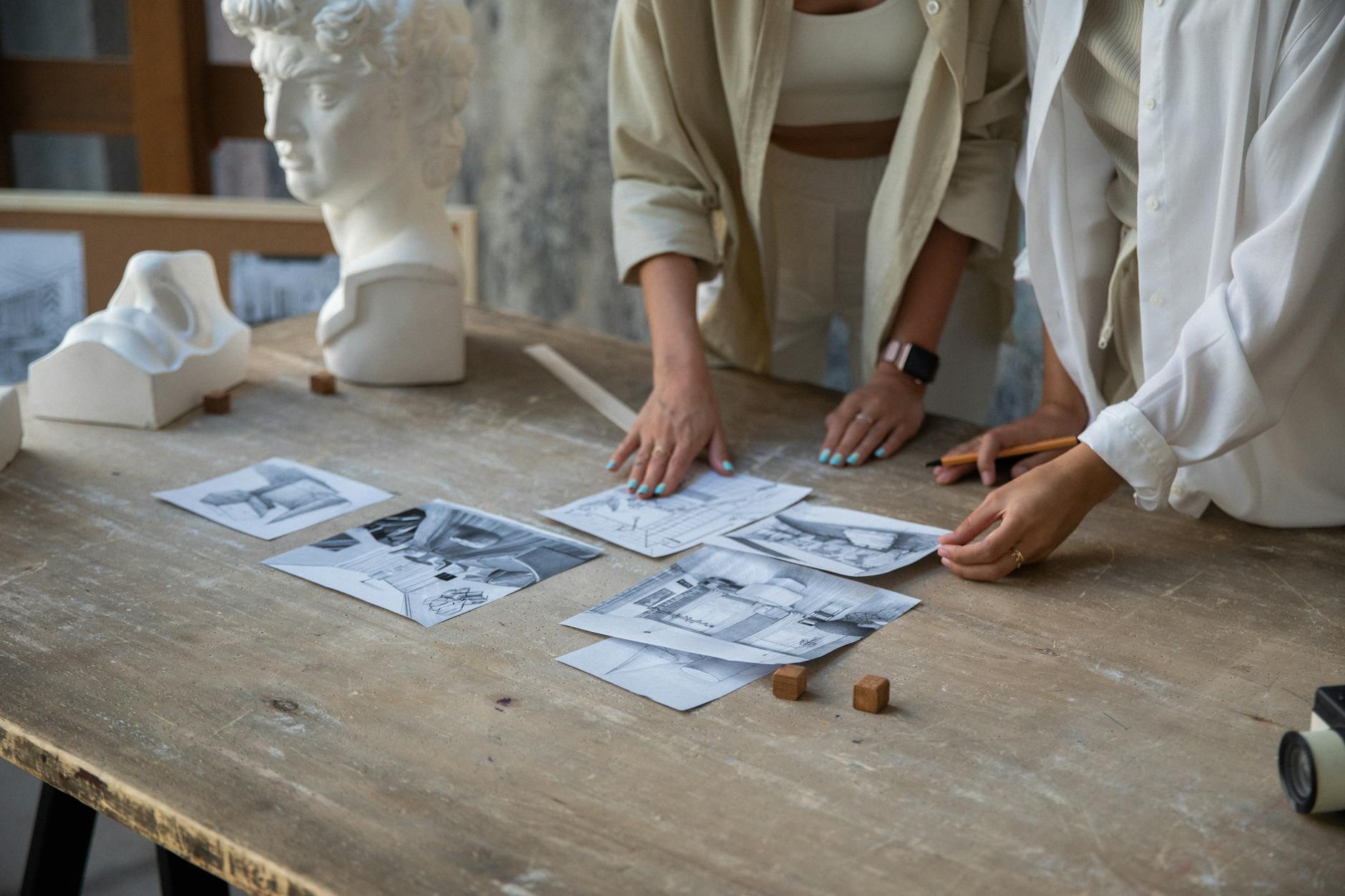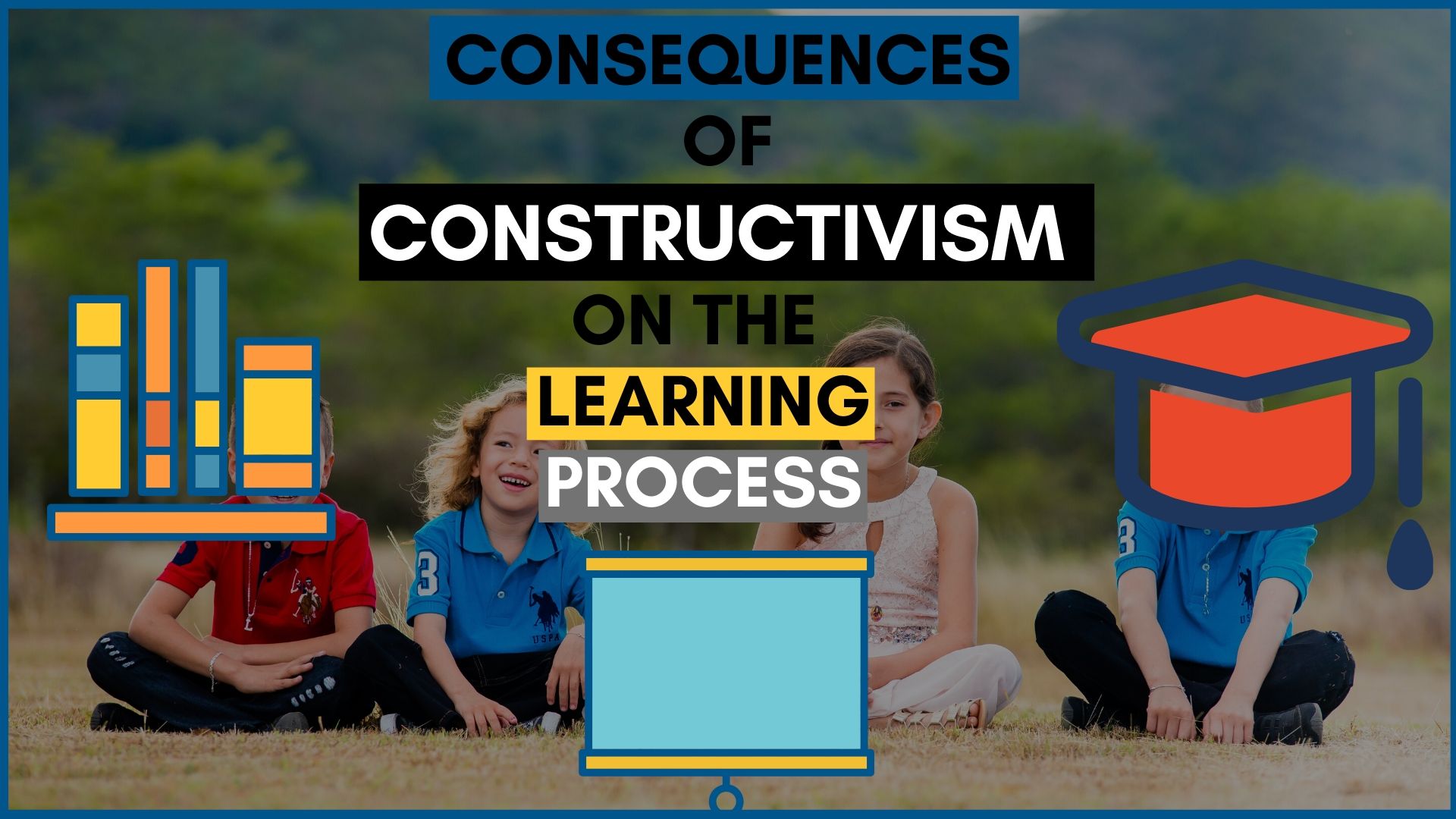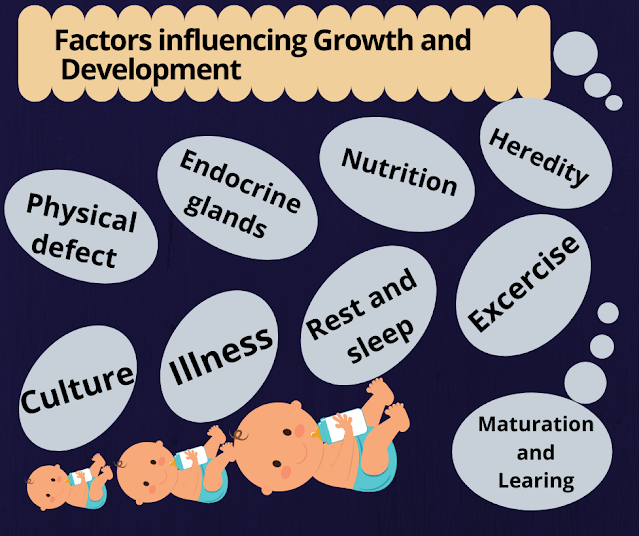This article will look at the lecture method as one of the oldest methods used by classroom teachers to impart knowledge to pupils. The main aim of the article is to explain the meaning, merit and pitfalls in lecture method and also provide hints for effective utilisation of this method.

Table of Contents
Concept of Lecture Method
This is a teacher-centred approach involving largely a one-way form of communication from teacher to pupils. The teacher, as the authority figure, does most of the writing and talking (chalk and talk) with the pupils as mere passive recipients of information-listening and writing down a few notes and asking few or no questions. Teaching by lectures is probably one of the oldest methods used by classroom teachers.
As a widely practiced method of teaching, a teacher can reach a large number of pupils at the same time; a large amount of materials can be covered in a short period of time. The basic underlying assumptions of this type of method are that the teacher has knowledge, or can acquire knowledge, and that the teacher can give knowledge to pupils. The lecture method is considerably cheap to operate since no special teaching aids are required. It requires minimal planning.
Its expository nature provides the teacher a feeling of security as the “authority figure” (Maduabum 1989). No matter how easy this method may appear, teachers must make efforts, to plan and organise their lecture to cover the subject matter to be presented and the manner in which it will be presented. In the introduction, the primary school teacher should identify the subject of the lecture and fit it with past lessons and try to stimulate interest on the subject matter.
The body of the lecture should be presented in a logical order, building from what the pupils already know towards new knowledge that the teacher wants them to absorb. Knowledge is presented in small enough doses so that the pupils can absorb the material and at a slow enough pace. The pace however should not be too slow that the pupils become bored. Both the level of vocabulary used and the technical nature of the subject must correspond to the capability of the pupils.
The primary school teacher should consider the audience size while using lecture method, even though it is difficult to define the optimal size of audience for a lecture. One teacher might lecture fifty pupils and still sustain their interest and attention. Another might lecture 200 pupils and make each of them feel a personal and individual bond with the teacher (even though very tedious). Probably, the minimum number of pupils for suitable audience is from fifteen to twenty. The pupil ratio is not supposed to be above 1:40.
Lecture method is mainly used by universities and other institutions of higher learning as an acceptable means of imparting information. However, at primary and secondary schools, where the pupils and students have not been trained to follow chains of reasoning, it should be sparingly used with a combination of other techniques like illustration, demonstration and adequate use of teaching aids.
Merits of Lecture Method
1. The primary advantage of a lecture is its ability to present a large number of facts in a short period of time but it is necessary that the pupils should accept and understand the subject matter to be presented. Lecture method makes fewer demands on the teacher’s time for planning and preparing and is therefore an attractive and easy method of teaching. It is very useful in conveying factual information when introducing new topic.
2. It is relatively less expensive as no special apparatus is needed.
3. Lecture method gives a teacher a sense of security by reliance upon the supposed authority of the dispenser of knowledge.
4. Lecture method channels the thinking of all pupils in a given direction. Large materials can be covered in a short time period.
5. It is very economical to use.
Pitfalls of Lecture Method
Lecture method is a very traditional method of teaching and, therefore has received a great deal of criticism at a time when educational methods and curriculum content are undergoing extensive reforms.
However, the following are some of the disadvantages of using lecture methods in primary school.
Lecture method does not promote learning since it discourages pupils’ activities thus denying ample opportunity for assessment of progress.
It encourages rote-learning and allows little scope for the pupils to develop an enquiry mind and critical thinking towards their learning.
It does not provide the pupils opportunities to practice communication or manipulative skills.
It is not suitable for slow-learners.
Lecture method is not adequate in teaching certain types of concepts for example, attitudes and feeling which are not learned through pure telling.
Due to its expository nature, it is very difficult to adapt to individual differences among pupils.
It makes pupils to be passive listeners and this does not allow pupils to be actively involved in both the planning and development of learning. Consequently the desired learning outcome may not be achieved.
Guidelines for Effective Utilization of Lecture Method
In the primary school, the teacher should use adequate teaching aids, good illustration and demonstration while using lecture method to achieve his objectives.
In elementary school setting, a maximum time or duration of the lecture becomes very important. The younger the child, the shorter is his interest span, and the more limited is his ability to retain points given in the lecture. Adults usually can sit for an hour receiving lecture but younger elementary pupils can sit for only about twenty to forty minutes.
To make a lecture effective and achieve what other participatory methods like discussion, project, play way, role modelling methods etc. can achieve, the following rules must be meticulously observed:
The pupils must sit on comfortable chairs, facing away from windows to avoid light rays in their eyes.
The teachers should keep distracting noise to a minimum. This is because outside noise prevents the pupils from hearing the teacher and distracts their attention.
The room should neither be too cool nor hot. If the pupils are uncomfortable they will be irritated and will not be able to concentrate on what the teacher is saying.
The teacher should avoid much movements because it attracts pupils’ attention. He should ensure that every child sees and hears him from any angle. If aids are being used, he must not get between the aids and the pupils or he will block visibility.
Teachers should avoid coverage of too many concepts for this may tend to confuse the pupils, rather the lesson should be summarized to help pupils review and understand the major concepts and retention will be increased.
Teachers must encourage pupils to ask questions and make comments, as this may reduce boredom.
Finally, no single teaching method should be used. To maximize learning therefore, a lecture should be followed by discussion, questioning, practice or some other methods. Very rarely can a lecture, by itself, accomplish a teaching activity especially at the primary school level.


